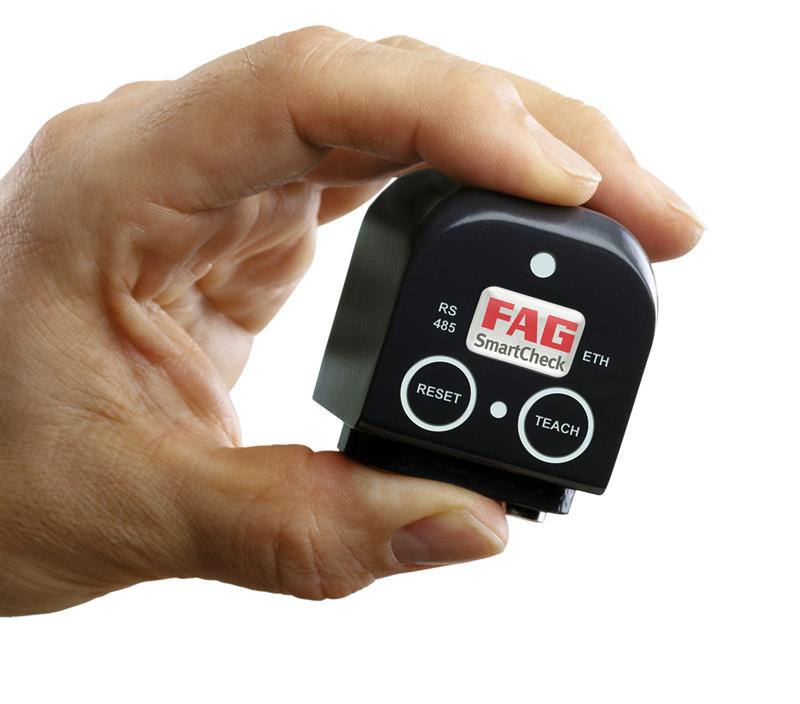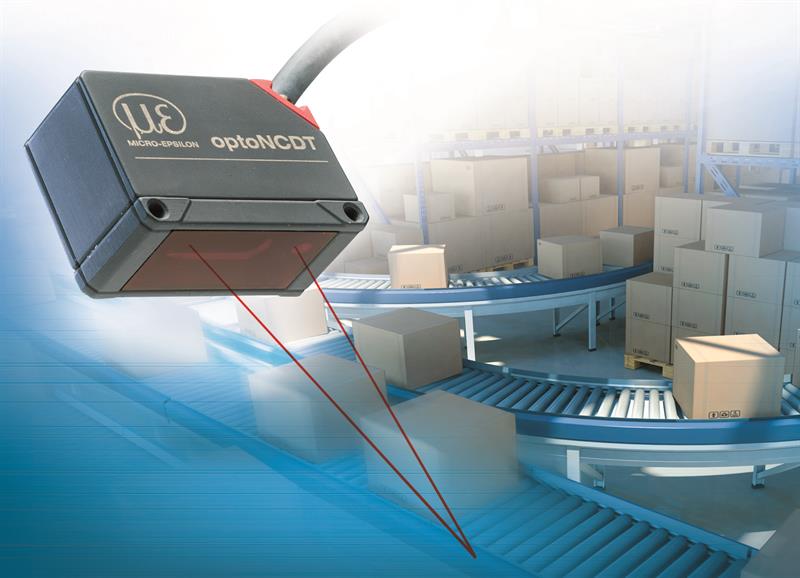This technology is now relatively widespread, but there are new applications emerging all the time that show the sophistication and effectiveness it can achieve. One such can be seen in the ABB Ability Digital Powertrain concept which has now been extended to cover Dodge gear reducers fitted with the smart sensor for mechanical products.
The Digital Powertrain enables real-time health monitoring of all the critical elements in industrial processes, such as drives, motors, pumps, bearings and gearing.Immediate access to this key data enables operators to maintain optimal conditions for maximum productivity and safety.
Dodge gear reducers provide an enclosed gear train between a motor and the machinery it is driving. They enable the output speed to be reduced while increasing torque. This is a vital function on a variety of industrial equipment, including the bulk material handling conveyors typically found in the mining, aggregate and cement industries. Fitting the gear reducers with the smart sensor for mechanical products provides an early indicator of any potential problems by collecting vibration and temperature information.
The smart sensor is easily mounted on the gear reducer and communicates wirelessly via a smartphone or other device. This capability keeps employees safe by enabling easy, remote monitoring for equipment installed in hard to reach and potentially hazardous areas.
“The capability for remote monitoring of temperature and vibration data across multiple assets within the digital powertrain enables maintenance teams to build a complete picture of the overall health of their equipment,” says Artur Rdzanek, product manager for sensor technologies, Dodge mechanical products at ABB. “The health status display makes it possible to quickly and safely identify a potential problem, so that maintenance can be scheduled to prevent unplanned downtime.”
The ABB Ability Smart Sensor for mechanical products is part of ABB Ability, which brings together all of ABB’s digital solutions and services, each built from a unique combination of sector knowledge, technology leadership and digital expertise. As part of ABB Ability, customers are able to compare performance of key assets across systems or plants easily.

In another example, by providing a condition monitoring test rig for inspecting train wheelsets and gearboxes, Schaeffler is helping a rail operator in Asia to eliminate unplanned train downtimes and minimise maintenance costs.
Local public transport with regional rail vehicles is part of the customer’s core business. Low maintenance costs and high train availability are crucial factors for the railway operator. Any downtime or delays can mean considerable costs and financial penalties.
To ensure the best possible availability, the gearboxes and wheels of all the wheelsets of a train, including its axle and gearbox bearings, are regularly inspected, overhauled or replaced. The customer was therefore looking for a solution that would ensure the reliability and accuracy of checks, while also minimising the downtimes of the trains.
With its special condition monitoring test rig for railway gearboxes and axlebox bearings, Schaeffler implemented a cost-effective solution optimised for the customer’s specific application. Schaeffler SmartCheck sensors are simply attached to the components to be monitored using magnets and undertake precise measurements of vibration and temperature without a requirement for further installation outlay. Components monitored include gears in gearboxes, gearbox bearings, wheel axles and axlebox bearings.
The sensors are directly connected via a Schaeffler SmartController to the input and output terminals such as an HMI touchscreen control panel, an external monitor, and alarm and data processing systems. The axles are driven by means of an integrated electric motor for the test runs. In addition, the system can reliably check whether the bearings were correctly mounted, for example, after bearing replacement. Parameters monitored include vibration, temperature, speed and bearing end position.
For the customer, the integrated solution for the inspection of gearboxes and wheelsets is an important tool in eliminating unplanned downtime and malfunctions in rail applications. The investment in the test rig is also significantly lower compared to the cost of complex onboard monitoring systems, which are often used in long distance trains.
Unplanned downtime of trains can always result in direct and indirect costs for rail operators. The reputation of the operator can also be damaged, particularly in public transport applications. In this particular case, there is an additional significant risk because any downtime or delays in rail traffic is penalised in the form of severe financial penalties stipulated by national regulations. Following the positive experience with Schaeffler’s test rig, the customer is now planning to use the system at other locations.
New miniature laser displacement sensor
Precision sensor manufacturer Micro-Epsilon has introduced an extremely compact laser triangulation sensor for high precision displacement, distance and position measurements. With its high accuracy and adjustable measuring rate up to 1kHz, the sensor offers an unbeatable price-performance ratio. The optoNCDT 1220 laser triangulation sensor from Micro-Epsilon sets new standards in displacement and distance measurements for industrial automation applications. The powerful sensor features the most important basic settings, functions and an analogue data output. This lean range of features is mirrored in the sensor’s favourable entry-level price, which makes the sensor attractive, particularly for OEM projects where high sensor volumes are required, and where fast integration, ease of use and space-saving solutions are required. The sensor’s Auto Target Compensation (ATC) feature enables reliable control of the distance signal regardless of target colour or brightness. Ready to use straight out of the box, the sensor is easily integrated without having to make any further settings. An intuitive web interface enables easy set up and configuration, if required. The compact design of the optoNCDT 1220 with integral controller enables the sensor to be integrated into plant, equipment and machines, even where installation space is restricted. Primary application areas include automation technologies where high accelerations occur such as electronics manufacturing, robotics and 3D printing, as well as machine building and renewable energies. The optoNCDT 1220 range includes multiple measurement ranges from 10mm to 200mm. A range of accessories are available including power supply, interface card, USB converter and controller unit (for conversion and evaluation of up to two sensor signals). |






